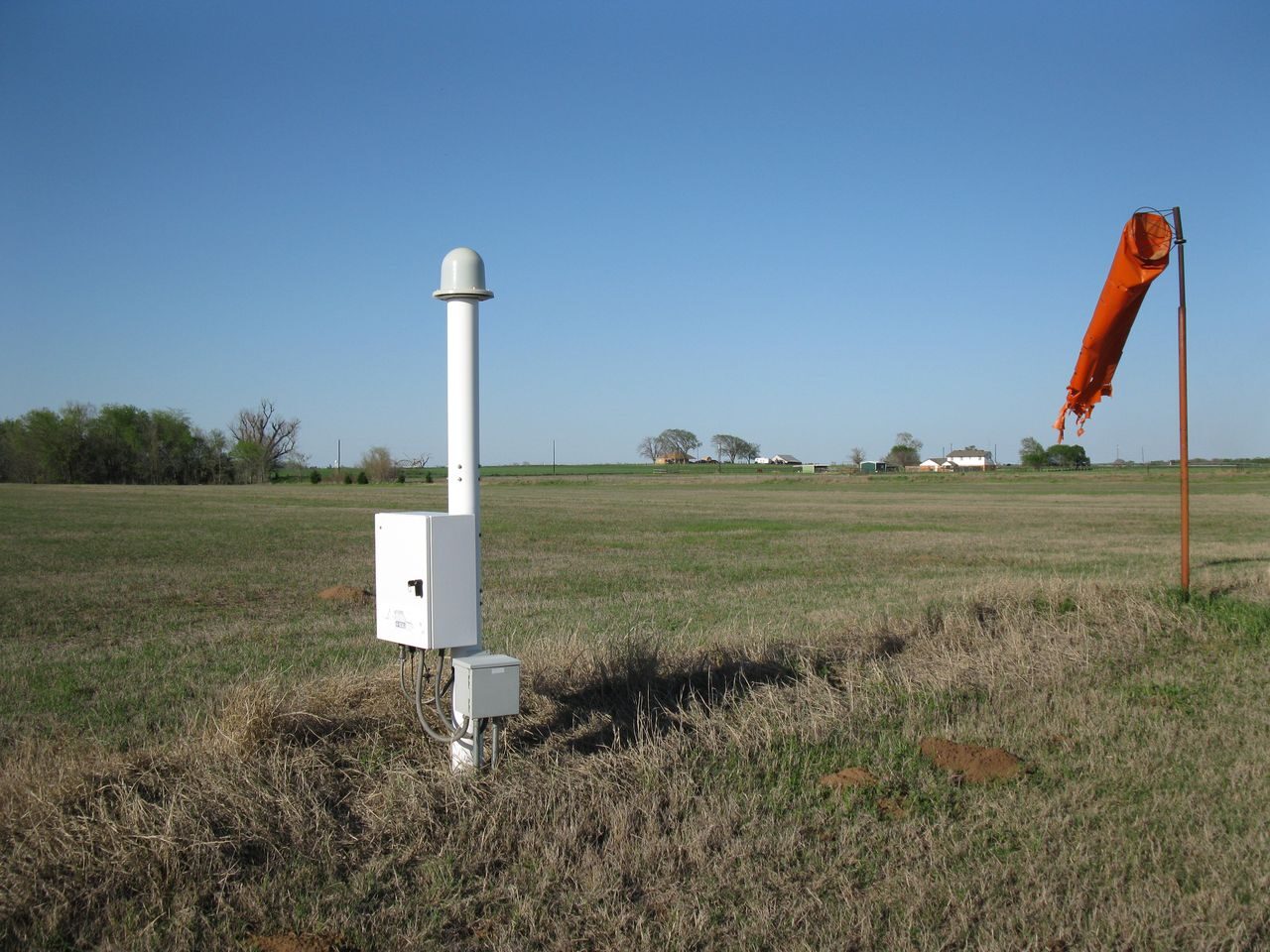
A lightning detector in the National Lightning Detector Network.
A lightning study done yearly through recent years shows Michigan had more lightning than usual in 2020.
In fact, almost one-quarter of our lightning in Michigan came on one July weekend.Vaisala owns the National Lightning Detection Network(NLDN), which it developed in 1989. Around 100 lightning sensors evenly distributed across the U.S. can count every lightning bolt, whether from cloud-to-cloud or cloud-to-ground.
Vaisala counted up all of the lightning pulses across the country, and put together
this interesting report.
The NLDN counted 2,317,693 in-cloud and cloud-to-ground lightning pulses across Michigan in 2020.
The map
below shows the density of lightning pulses. Chris Vagasky, Meteorologist, Lightning Applications Manager at Vaisala, defines pulses as the total of in-cloud strikes and cloud-to-ground strikes.
Obviously lightning is produced in thunderstorms. We would expect the number of thunderstorms, and the number of lightning strikes, to increase as we go south in Michigan. The warmer temperatures help thunderstorms develop.
2020 held somewhat true to that idea, but with one big exception. In 2020, Emmet, Cheboygan and Presque Isle had many more lightning pulses than usual. Vagasky says two thunderstorm complexes on July 18-19 gave Cheboygan County in northern Lower Michigan 355 percent of the normal lightning counts for that area. Vagasky says Cheboygan normally has 11,000 lightning pulses over the county in a year.
In 2020, Cheboygan's skies flashed over 50,000 times. That is five years worth of lightning in one year, and actually in two days.The map just
above shows which counties had more lightning than usual(red) and less lightning than usual(blue).
Those same thunderstorm complexes mentioned above produced about 25 percent of the yearly lightning over Michigan, according to Vagasky.
The National Lightning Detection Network has 100 radio sensors evenly distributed across the U.S. Each sensor can detect lightning within a 4000 mile wide circle, centered on the detector. Using locations derived from three sensors, each individual lightning strike can be located to within 328 feet.
The lightning detectors can also tell how much power was in an individual lightning strike. Vagasky says a typical lightning strike has 30,000 amps, while a high-powered lightning strike can carry 300,000 amps.

Reader Comments